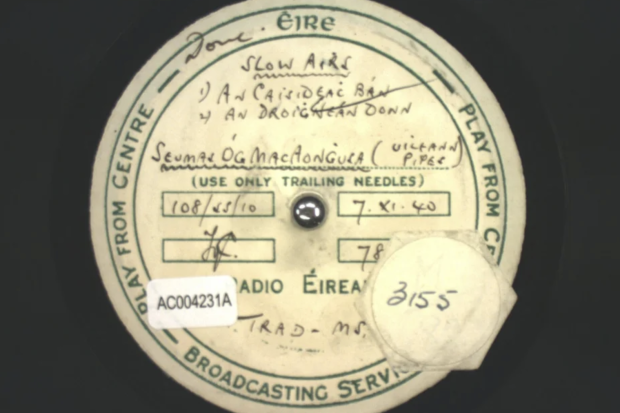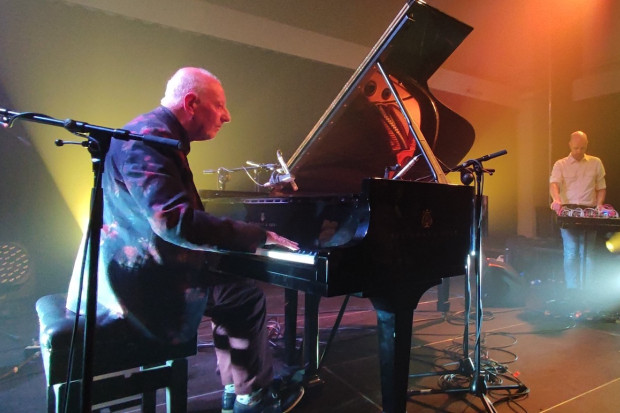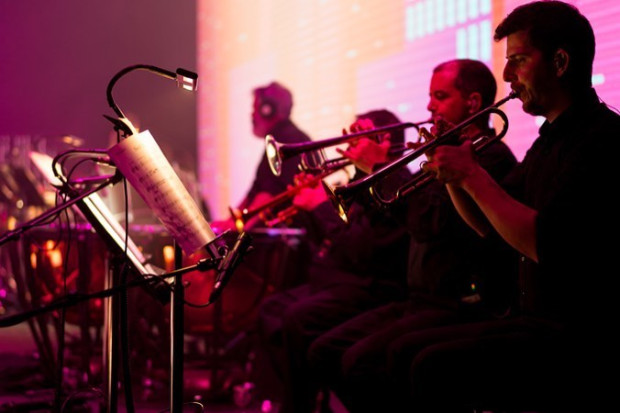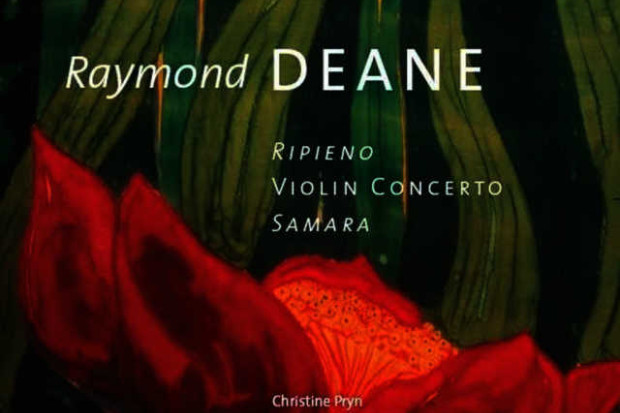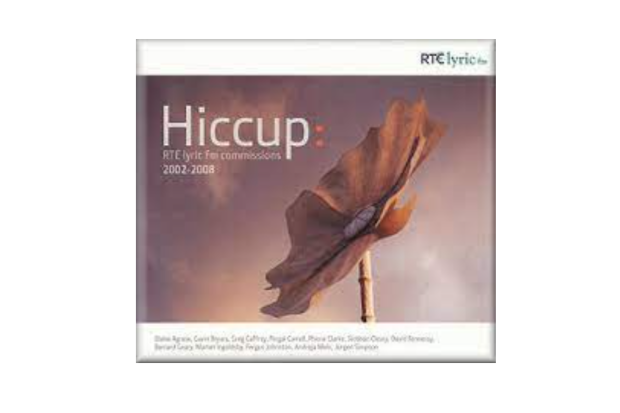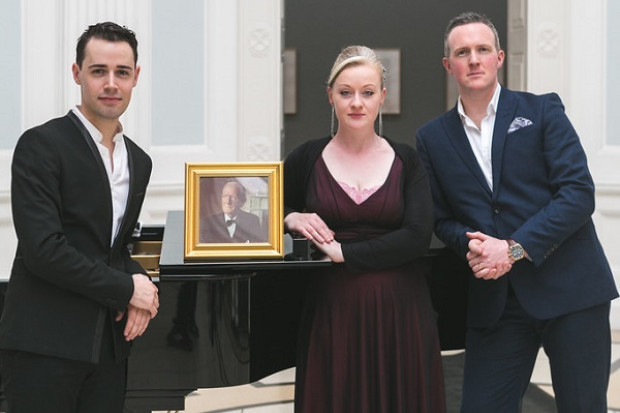
Carlo Gébler and Roger Doyle (Photo: Lucy Clarke)
Live Reviews: Horizons: Roger Doyle
Roger Doyle describes his latest composition Adolf Gébler, Clarinettist, a collaborative effort with the author Carlo Gébler, as ‘cinema for the ear’. An ambitious work, adapted from Gébler’s memoir Father & I, it charts the passage to Dublin in 1910 of Gébler’s grandfather Adolf, his career as a musician in the Radio Éireann Studio players, subsequent loves and losses, enforced exile from Ireland and his eventual demise in San Francisco in 1963.
In recent times Jêrome Noetinger’s French label Metamkine has breathed new life into the much-used term ‘cinema for the ear’ with its Cinema Pour L’Oreille series of releases but, unlike Doyle, the French label’s artists generally eschew the idea of an imaginary soundtrack in favour of extending the concepts of musique concrète. Doyle’s piece, which is scored for orchestra, pre-recorded dialogue and effects, is not rooted in the experiments of musique concrète but leans instead towards the dramatic storytelling of a radio play. Rather than manipulating or restaging extra-musical sound sources, Doyle uses them exclusively to service the narrative of Gébler’s story. The orchestra for the most part is deployed in a very unobtrusive role, underscoring the narrative with incidental music that, with two notable exceptions, rarely imposes itself on proceedings. So far, so cinematic. The avowed intention of the composer was to create a ‘soundtrack’ and, as prescribed, all the conventional components of a film soundtrack are present and correct.
A cinema soundtrack removed from its visual complement does not, however, automatically make for an interesting sonic experience. Musique concrète or programme music such as Beethoven’s ‘Pastoral’ Symphony explicitly establish associations between the musical and non-musical domains, provoking our imaginations to create visual complements to auditory abstractions. These abstractions hopefully act as a point of departure for the listener’s most creative impulses. For Doyle, however, storytelling is paramount. He deals in fewer diffident aural abstractions, but in doing so restricts the listening experience: Adolf Gébler, the central protagonist, is afforded a voiceover to set scenes and propel the narrative forward; The sounds of footsteps and creaking doors, raided from the sound effects departments of Windmill Lane and RTÉ, are rooted firmly in the dramatic context of the pre-recorded dialogue and are never put to work in tandem with the abstract sound world of the symphony orchestra. What prevents the piece from being a rather elaborately staged radio play are the few occasions when the orchestra blur the boundaries between the musical and dramatic contexts by figuring directly in the narrative. This occurs during a piano lesson when Adolf Gébler first seduces Rita whom he eventually marries and later, when Gébler performs with the Radio Éireann Studio Players, the RTÉ Symphony Orchestra adopts the role of the Studio Players, resulting, as Doyle says, in a ‘concert within a concert.’ These instances of real wit and imagination were the highlight of Doyle’s otherwise unadventurous take on the ‘cinema for the ear’ experience.
Published on 1 March 2008
Rob Casey is a Dublin-based musician and composer of electronic and acoustic music.












